Many of you have observed that my training has ramped up significantly over the last 6 months. And indeed, it has – albeit, I didn’t entirely set out to race this particular race. Instead, my wife had upped her training for some longer distance events, and it seemed a logical way to join her on some training rides/runs/swims. Add to that, I was curious how things would work out if I picked a random training plan and (mostly) stuck with it. In my case, since I was already paying for TrainerRoad, I used one of their half-iron distance plans. But more on that in another post. I only signed up for this race about two months ago.
I picked AIX mostly because it fit my life schedule. Or rather, our family’s life schedule. There was a slate of events for work and otherwise, I was trying to avoid. This particular race managed to thread the needle. I’ve been to Aix-en-Provence before, and the course would seemingly suit me well. At least, if it wasn’t a hot day. If it was a hot day, I’d be hosed.
In any case, it’s been a while since I’ve done a race report (full section here). Or at least, a longer event race report. I’ve also forgotten to write up many race reports over the last few years, so honestly you missed a bunch of races I never wrote about. Sorry ‘bout that. But hey, I did get race reports done for the cargo bike race, and that running race I did with a double-stroller!
This time I set a goal of Wednesday after the race to have it published. And thus, somehow, here we are.
Oh – and for those not familiar, an Ironman 70.3 (half-iron) race consists of: 1.2 mile swim, 56 mile bike ride, and a 13.1 mile run (1.9km/90km/21km). With that, let’s dive into it.
Pre-Race:
Ironman AIX 70.3 is a point to point race. This means that you start in one place, but finish in another place. As such you have multiple transition areas, and a reasonably increased level of complexity getting all your equipment pieces staged to the right spots. In this case, the swim (and bike start) was about a 30-minute drive from town, whereas the bike section would end in-town, and then run loops around the city. Aside from the swim starting area, all the main events would happen in town.
First though, is packet pickup – which occurred in town. As was the theme for my stay there – it was dumping out when I swung by Friday evening:
Packet pickup itself was pretty efficient, with just one person in front of me in my line. It’s cool how the printers they have on-site print out your entire race package on-demand. Bib, stickers for your bike/helmet/bags/etc… All instantly.
Next to that was a place to sign the athlete’s board, so obviously, I did that:
And of course, nearby was the giant merchandise store. It’s been a while since I’ve done an Ironman-branded event, and I’d forgotten just how big the whole merchandise thing was. After managing not to purchase anything, I headed back to the hotel and got my bike and gear ready for Saturday’s bike drop-off (race was Sunday). The backpack came as part of your registration.
For that I’d drive out to the lake where the swim was starting. I got my bike out and did a short 20-25 minute ride out along the first few kilometers of the course. This was mainly just to ensure my bike was working well.
There was some drama because I didn’t bring my race bib with me, but did have my bike stickered/helmet/etc… The bike drop-off page included with the stickers was crystal clear on what you needed to drop off your bike – and bib was actually not on the list. An ref/official tried to argue otherwise – rejecting my entry to the bike drop-off.
Sure, you’d need it the next day for the race – but not explicitly for bike drop-off the day prior. A number of other athletes were also arguing this point – and eventually, a group of us prevailed. Given we had non-removable wrist-bands with our numbers, numbered stickers on our bikes, numbers on our helmets, ID’s, and everything else – the entire dispute was a silly power play by one ref. One that wasn’t supported by Ironman’s own documents/rules printed in four languages on the sheet. The rest of the refs were also confused as to why this one ref was defying logic (and the printed rules on the back of the sticker sheet).
Look, on the whole virtually everyone at Ironman AIX was great. But this one ref/individual put up a really big fight telling us we all now had to go all the way back to the city and come back again (realistically a 90-minute round-trip effort at best). Amidst this argument I started thinking: ‘Would this ref now going to take it out on us the next day mid-race?’
As the Ironman announcer unrelatedly teased the next morning during a pep talk “…and you even pay to do this!”. A bunch of us left transition that afternoon starting our weekend with an unnecessary bad taste in our mouth – for an event ‘we paid to do’. I also wonder how many others were turned away, lacking the required argumentative experience that may or may not come with living in France.
Eventually, the other refs took our numbers down as long as we promised to double-check with them in the morning that we had brought our race bibs. See…easy! No need for drama. Thanks to those refs for the prevailing common sense (and just following the stated/written rules).
With the drama done, I dropped off my bike for the night:
I didn’t bother with covering my seat or anything like that. Frankly, it was slated to rain for the next 24 hours – so it’d be wet either way.
From there I swung over and hung up my T1 transition bag. This would have my cycling shoes and helmet in it, and eventually my race bib. During the transition from swim to bike, I’d stick my wetsuit/goggles/swim cap in it, for them to eventually take back to town. As you can see above/below, I was pretty early in the drop-off time window, just wanting to get it all done.
With that – I wrapped up my time at the site and headed back to town. It’s here I’d walk over and drop-off my Run transition bag. This is the bag that’d have my running shoes in it, as well as run nutrition. In my case, I put a pair of socks in this bag. While I can run without socks, for longer distances I prefer the socks, and they take all of 2-4 seconds to put on. Given it’d be dumping out, putting them in my run bag would hopefully keep them dry (versus using them on the bike guarantees them wet). I figured perhaps the rain would stop for the run (nope).
Finally, logistics complete!
This is one of those things that just come with the territory of multi-point races. But it’s something to keep in mind that it does add many hours of day-before bouncing around. A few hours for the trip to the lake-start, another 45 or so minutes for the run bag drop-off, etc..
Race Morning:
At 4:40AM, I walked to the shuttle busses. In the rain, because of course, it’s still raining out. Props to the organizers here – this was super efficient. I waited in line perhaps 10-15 mins, but given they had to move what I’m guessing is a few thousand people (since spectators could also use busses a bit later) – they did a good job here.
The busses arrived at the lake site about 25-30 minutes later, and into transition I went:
At this point it’s mostly just a case of ensuring all my nutrition is organized properly, as well as my tires have enough air, etc.. Oh, and mixed in that whole scene I went off and found the (friendly) ref to show I had my race big. I never saw the unfriendly individual again.
After that, I put on my wetsuit and headed over to the lake-side, dropping my street-clothes bag off (along with my phone).
While the rain was ever-present, the temps were bad at all, perhaps 60*F/16*C for the air temp.
The Swim:
The swim is held in the above lake, which had a claimed water temperature of 19*C/66*F – and that seemed right. The race uses a wave-start methodology, based on self-selected swim finish time. This is meant to reduce panic associated with mass swim starts (though, unfortunately, one participant did actually die during the swim portion of this year’s race).
In my case, I found a spot in the 33-34ish minute range, which seemed about right (my swim time would be a few seconds over 35 mins).
As you approached the start banner, it was like boarding a ski lift. They had six ‘channels’/lines and you filtered into one of the six channels (you can see the fences below creating the channels, if you look at peoples feet). Then every eight seconds a beeper would beep, and the volunteers would signal to go – opening their arms to let you through. You’d cross the timing mat and your race would begin. Frankly, it worked incredibly well.
You can see me above just after entering the water 2nd to right (the wetsuit with the slight tear in it). I was now realizing that the small rocks actually kinda hurt. Thankfully, that only lasted a moment, and off I swam:
My goal/plan for the swim was silly simple: Go silly easy.
While I enjoy openwater swimming quite a bit – it’s just not my strongest sport. It’s never been. Likewise, I skewed my training very heavily towards bike/run, rather than swim. Having done triathlons for nearly 15 years, my swim base is enough that sure, I could invest a massive amount of training into the swim – and shift the needle perhaps a minute or two. Or, I can invest that time into run/bike, and move it a ton.
So, I just swam nice and chill. Zero rush. The swim wasn’t cluttered, and there was no issues swimming around people. In general, I passed more people than passed me.
I started climbing out of the water around the 34:55 marker, and then crossed the swim timing mats just after 35:00. From there it was a 800m or so run to the transition areas.
Within transition, I ditched my wetsuit in the transition bag, and swapped into my cycling shoes, and put on my helmet. While for a sprint/Olympic distance race I’d probably have left the shoes clipped in, It wasn’t worth the hassle here – especially since it was still a rather long run from bike rack to bike mount line (which, in my experience gives more chance for your cycling shoes if pre-clipped, to catch on the pavement, or, the rubber band holding the shoes to snap). I have no issues running in cleats.
Further, having pre-ridden the course the day before, I knew that the first kilometer was kinda chipped/bumpy roads, and I just wanted to be fully clipped in, and not dealing with trying to get into my cycling shoes while pedaling, amidst dumping rain, potholes, and pavement cracks.
The Bike:
Now at this point, I probably should mention something notable. Two weeks prior I got sick, and as such, was carrying a fair amount of fatigue. While I felt fine in terms of being sick, I had been getting poor sleep the previous two weeks. Knowing this, I had severely cut back workouts in the last week to basically just a few minor ones. Obviously, at that point you’re into the taper, so there are no “gains” to be made, only to stop the bleeding from sleep/fatigue issues.
It’s a portion of why I purposefully swam extra easy. I wanted to save every bit of energy for the bike/run. Still, I knew things were gonna likely get ugly, so I went with a relatively conservative plan in relation to my training/fitness levels.
For the bike I had an average power target of about 80% of FTP, or roughly 250w. However, this course had a lot of steep descending, where the value would be zero. I toyed with Best Bike Split quite a bit, as well as data from INSYCD to come up with a good race plan. I’ll likely write-up something more detailed on both, if there’s interest. The INSYCD data itself was super fascinating to look at, both for running and cycling. There’s a ton of huge/good me-specific take-aways there around nutrition/pacing that were moderately eye-opening (for someone that has habitually failed at nutrition).
Essentially I used recent test data from INSYCD to figure out a nutrition and pacing plan that was conservative and viable, and then feed that into Best Bike Split to see how that’d align to both pacing but the exact wattages for the different segments of the course. I didn’t get fancy with my exact tri bike details like CRR and CDA, and just kept it stock. What this couldn’t account for though was rain and bad pass/descending conditions.
This plan would be easier than most of my recent easy hilly rides in places like Mallorca and Gran Canaria. Thus, I felt pretty good with the plan. I then tried to mirror that in Garmin’s Power Guide feature, which I loaded into the Edge 830.
For a brief geekery aside here, Best Bike Split has the ability to export our workouts to the Garmin devices in various formats. You can either create a structured workout, or you can great a ‘power course’, which roughly puts waypoints of specific power values tied to a given GPS coordinate. Both work, but neither are as clean as Garmin’s own “Power Guide” feature they introduced a year ago.
Except Garmin’s Power Guide feature can’t (still/yet) be leveraged by 3rd parties. And it’s not customizable like Best Bike Split. You just move a slider, and call it done for the full course. Whereas BBS has tons of customization. When Garmin launched the feature, they talked about the idea of letting 3rd parties leverage it – since it’s just confusing a .FIT file with instructions in it. Sadly, that hasn’t happened yet – I really hope Garmin can find a way to let BBS and others leverage it – cause Power Guide as a structure is super cool.
In any case, I actually loaded both. I used the Best Bike Split power course as the base/foundation for Garmin’s Power Guide. This gave me both values concurrently. The Power Guide is better because it’s less noisy, easier to refer to your current progress against goal. Whereas the BBS values are a bit more precise.
Anyways, point being – off I went.
For the first hour, I was pretty much spot-on target. Mostly during this time you’re gradually climbing. I was taking in nutrition as planned (really for the first time ever in a race, I was doing all my nutrition). This was about 90g of carbs per hour, along with roughly 1 bottle of water per hour. Maybe a touch under that, simple because it wasn’t hot out (it was cool and dumping). But consuming just fine.
Around the 90-minute marker though, things slowly started to fall apart. First, there was the beginnings of the mountains. The descents were sharp, steep, and bodies were strewn everywhere. Given the rains, time trial/triathlon bikes, and often 180* switchbacks – triathletes misjudged many corners – ending up on the slick pavement, off in the ditch, or into the woods. Or, all three at once. With three athletes at once. I saw it all.
While I managed to stay upright, that came at a severe time penalty. My trusty old rim-brake-equipped Cervelo P3C is perfectly fine in this kind of weather. I’ve descended many French mountains passes over the last decade with it, including in the rain. Sure, disc brakes would have been nice – but also perhaps added overconfidence and resulted in faceplanting the pavement.
However, what I hadn’t fully reconciled was that my brake pads and tire tread was perfectly suitable for everyday rainy Amsterdam conditions. But not at all suitable for steep wet mountain roads. Both probably needed replacing, and as a result, the rear brakes in particular offered far less braking power than I’d have preferred on the steeper sections. Again, perhaps it was a blessing – it forced me to go slow. But I got passed by basically everyone including the rivers of water going down the slopes.
Further, I just simply didn’t have the confidence to descend fast enough on my tri bike in these conditions – even in straighter sections. Many others did. Had I been on my road bike, I’d have been far more confident.
However, while I made it out of the first major descent section, an unexpected level of exhaustion was rising. This wasn’t a nutrition bonk, but more of a “I just want to go to sleep now”. I only managed to get 3hrs of sleep the night before, atop the previous weeks of poor sleep. And it was all catching up with me. My power just started dropping off a cliff. I switched over to a backup gel I had with caffeine, but even sometime later it didn’t help. I was being passed not just by all of this year’s competitors, but probably also by all of next year’s competitors.
The final insult to injury came on the last major climb. Except, it shouldn’t have been major. I’d been doing climb after major climb the last few months in Spain and elsewhere on various trips – with far steeper terrain. This was a measly 6% average gradient. But my energy was zero, and it’s around now that I realized I didn’t have the right gearing for it. Not even close. I was well past out of gears and suffering at horribly low cadences – at one point in the 50RPM range. My legs felt fine, but my body said no.
Finally reaching the top, I still just wanted to sleep. But instead, I had to descend the last 10-15KM back to town. Here’s me doing that:
I was deflated. Defeated. And pretty mentally broken. I was now about 25-30 minutes behind my planned race split for the bike – with almost all of that time lost in the previous 90 minutes. Sure, some of that was unavoidable for everyone due to poor weather. But most of that time loss was just due to the debt of two weeks of exhaustion.
However, I do want to give a quick shout-out to Michael. I don’t know your last name Michael, but you know who you are. At this point, as I slowly descended in the rain, you cruised by and recognized me, and gave some words of encouragement. I was pretty much on the verge of tears, and I appreciated it. Thanks man!
In short, the lessons learned from the bike were:
A) No amount of training or nutrition can overcome pre-race exhaustion
B) I should have changed out the rear tire for better tread, and the rear brakes
C) Having spent more time recently descending on my TT bike in wet mountain conditions would have been helpful
D) For once I managed to get all my nutrition/hydration in
Heck, I saw people with gravel bikes out there – which, given the conditions and just the right tires, might have worked better. Where there’s a will, there’s a way!
I rolled into transition in 2:54. Not ideal, but still in one piece and without road rash.
The Run:
In transition, I took my time. For the first time ever, I took a second to try and mentally reset. I got my dry socks on, dry running shoes on, grabbed my nutrition, and briefly visited the lineup of bathrooms there. To foreshadow something later, and to give TMI – I peed a normal color. Again, I had managed to take in nutrition and hydration properly. Woot!
(Some photos later on of the bike to run transition area)
Of course, now it was time to run a half-marathon. The course is 3 loops around a twisty/turny and rolling route of the city.
My original race plan called for the first loop to hang out in the 4:30-4:40/km range (7:25-7:30/mile). Most days, this would be a very easy pace for me, and should be easily achievable in this race setting. This is essentially my normal long-run easy pace, where I run 25-30KM usually. And at first, that kinda worked. I was kinda chugging along. I’m the one in the orange shoes.
But whatever reprieve my body got from 25 or so minutes of easy-pedaling the descent, soon vanished. I was again ready to curl up in the mud and go to sleep.
I roughly cut a deal with myself to briefly walk every other aid station to get in hydration/nutrition (which I did), in exchange for running. My pace slowed down to about a 4:50-5:10/km (7:50-8:15/mile), depending on the portion of the course. It wasn’t ideal, but it was at least consistent. I did actually take a small cup of water at almost every aide station, and sometimes a sip of Coke too.
The only bright spot of the continued rain, is it saved me from the heat. Heat is my arch-nemesis. And given there was none of that, I didn’t overheat. So that was positive. Also positive were the crowds. Despite the rain, there were tons of people out cheering as spectators.
Ultimately, this would be one of the slowest half-marathon times I’ve run in a long, long, long time. I crossed the line in 1:46 (run time). That’d be about 10-12 or so minutes behind my conservative race plan. Also, as seen below there was congestion at the finish line – which was fine, because I wasn’t really in the mood to get a fancy photo.
But again, at least I crossed the line. Total time was 5:27:33.
The Finish:
After crossing the line I found some sort of beach-type chair nearby and just sat and closed my eyes. I didn’t fall asleep there, mainly because I didn’t want some medical person freaking out thinking I’d died in the chair or something.
So instead, I meandered to check out all the food options. Albeit, I wasn’t hungry at all. So I just looked.
Still, they had pasta, rice, pizza, crepes, waffles, beer, fruit, more fruit, and so much more:
It was a very impressive showing. I didn’t see Haribo, but they can be forgiven for that omission.
After that, I picked up my dry clothes back and half-changed. Also, at the finish line I got a finishers t-shirt and medal. Oh, and it decided to stop raining.
While exhausted, my legs felt perfectly fine.
However, it was a bathroom stop a short bit later sidelined things.
Apparently, peeing red wind is frowned upon. Even here in wine region laden Aix-en-Provence. So while I felt physically fine (no pain/etc), I knew that pee shouldn’t be red – so I swung over to the medic tent run by the Red Cross. They too, were not amused with my discovery.
Albeit, they were happy I wasn’t in some other sort of pain (and I was happy that unlike everyone else in the medic tent, I was the only one without road rash from bike crashes).
But they didn’t want me to leave until I peed a half-normal color. About an hour later, I had upgraded from peeing red wine to peeing Coca-Cola. That was enough to indicate I was trending in the right direction, and let me go. As long as I promised to keep peeing, and go to the hospital if it shifted back towards red. An hour after that I upgraded further to peeing darker iced tea. And then finally about 6 hours after the finish, I was back to normal.
They didn’t have a specific explanation for it, but said it can happen if you’re not taking enough fluids in. While normally that’s usually the case for me, this was the rare exception of actually being well-hydrated. I came off the bike peeing clean, and went into the run drinking a bit of water at almost every aide station. I wanted to pee immediately after the race too. And combined with the rainy weather, dehydration seems unlikely in my case. But hey, I’m not a doctor.
With that, I went about and picked up all my gear and packed it up. Just like with drop-off the day prior, it’s a bit of a scavenger hunt. Your dry clothes bag was at the finish line, but then you’ll grab your bike, run bag, and wetsuit bag over in transition (a different part of town). But I didn’t mind the walking – my legs felt perfectly fine. Sigh. I used the time to cheer some people on.
Overall while it was a great race production (as Ironman usually is), my times simply didn’t match the training I’ve put in over the last 6 months. The thing is: I actually really enjoy training – even at high volumes. It’s always been that relationship though between training for a single big event, where something like getting sick shortly before throws all of that out the window, that’s challenging for me. I don’t currently have any other races on the calendar. I’ve got a really busy June work-travel wise, and then a typically busy summer as well.
I could see perhaps a fall event somewhere, but nothing planned for the moment.
Still, every race in a learning experience – and there was plenty to learn from here. So no opportunity is wasted.
With that – thanks for reading!
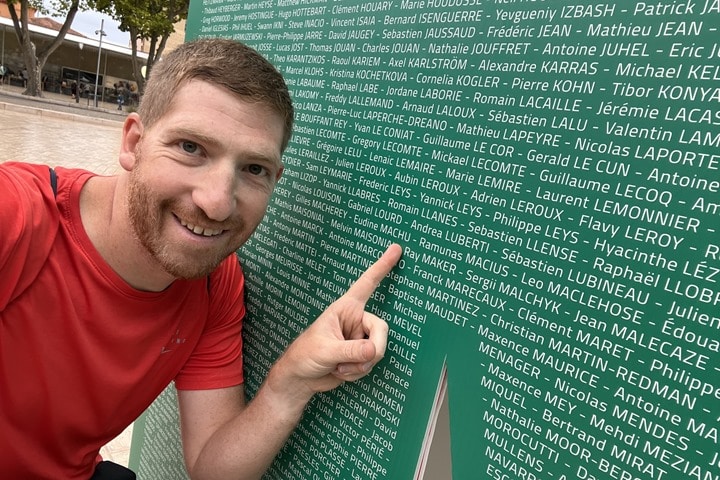
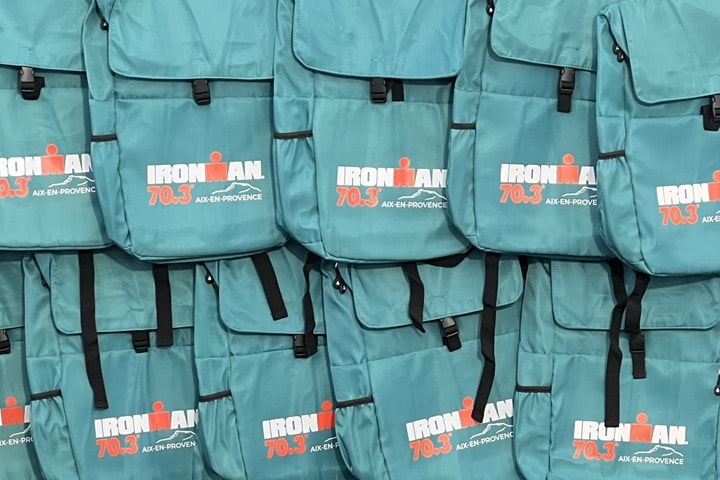
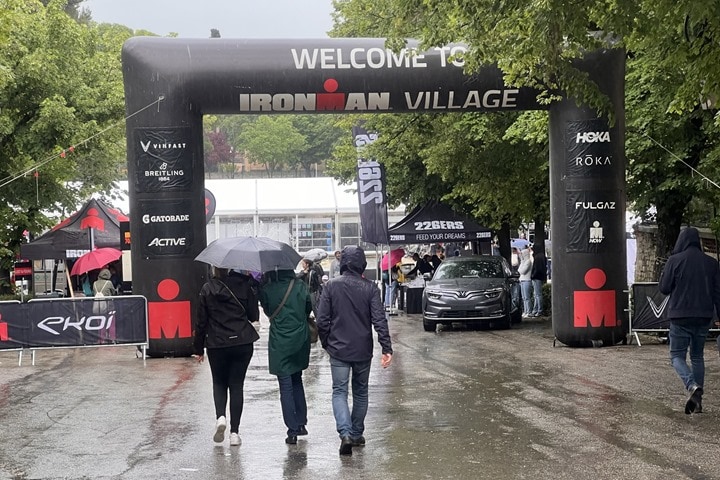
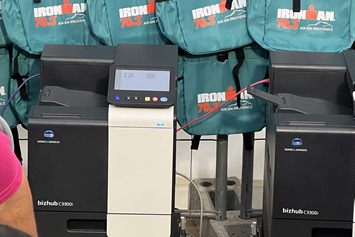
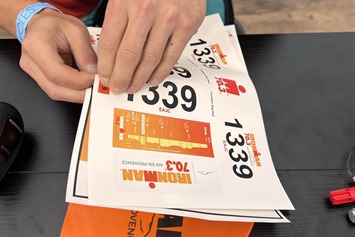
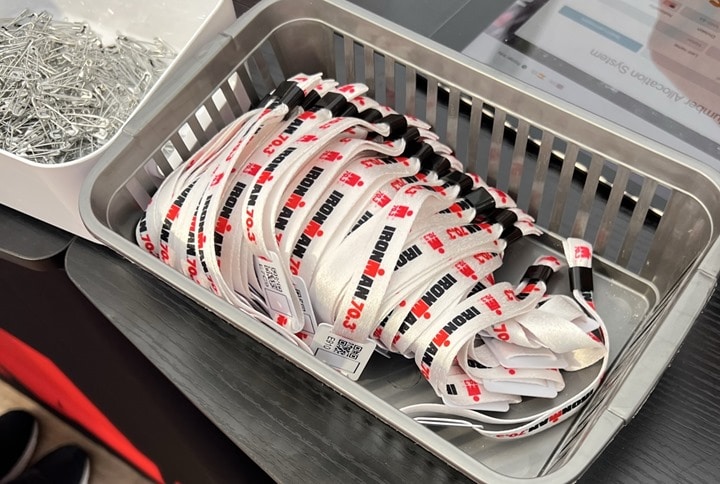
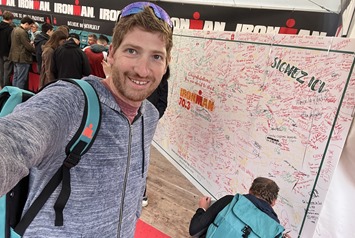
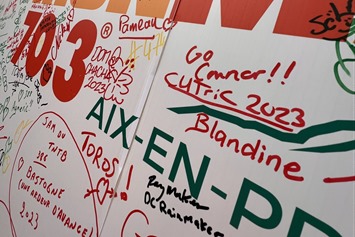
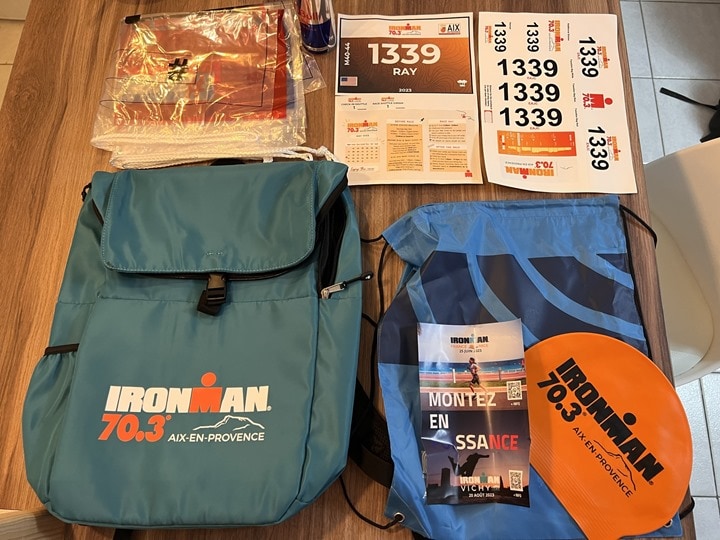
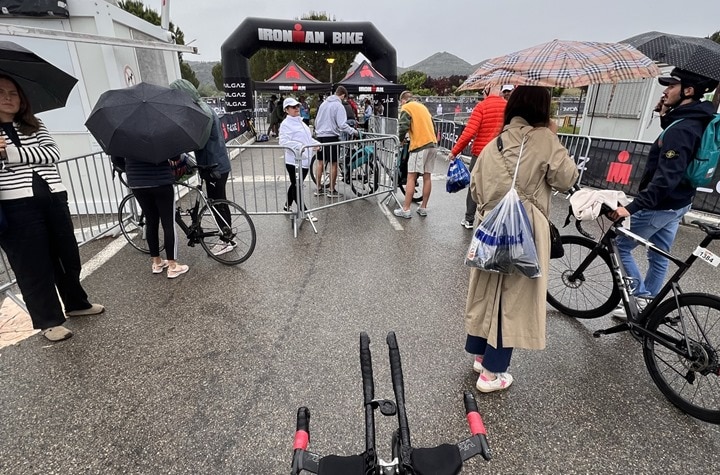
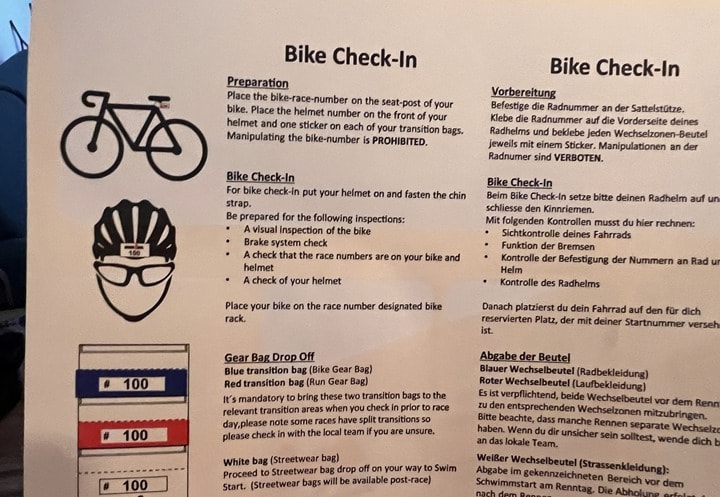
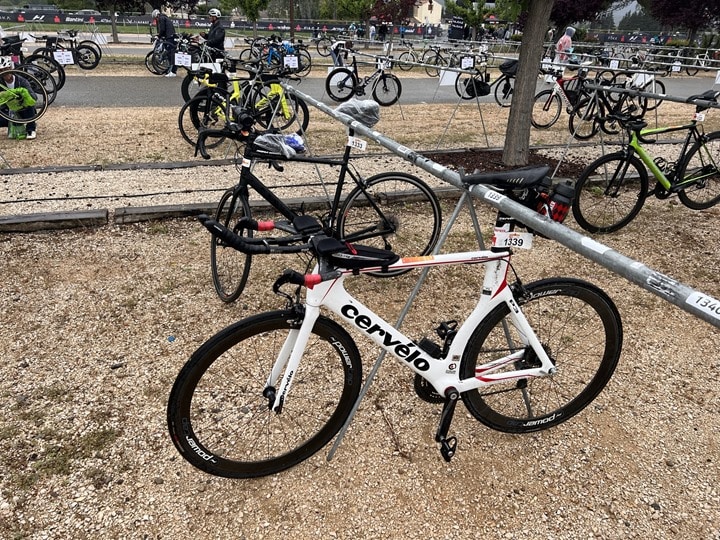
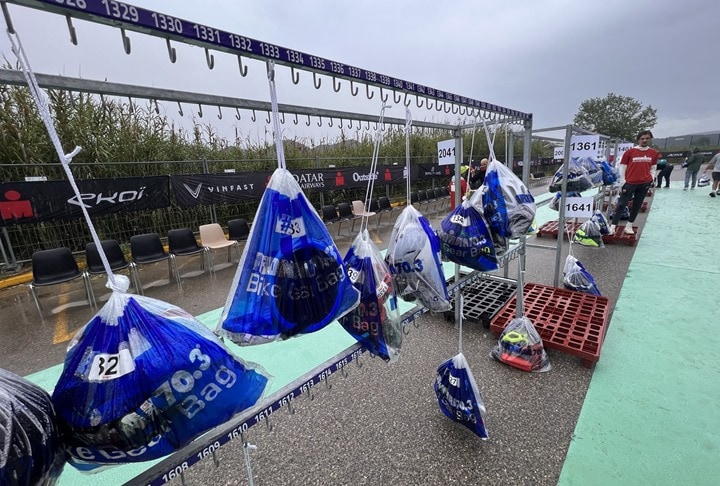

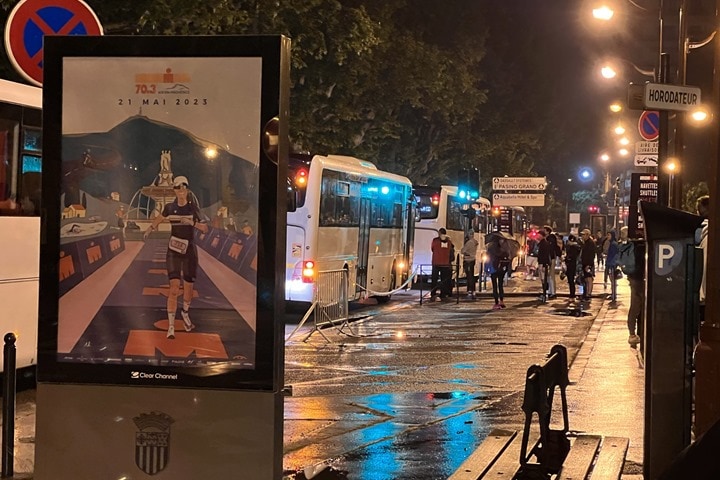
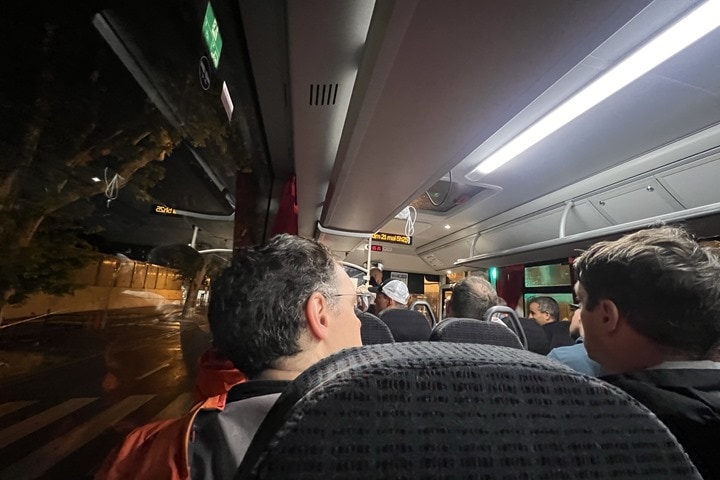

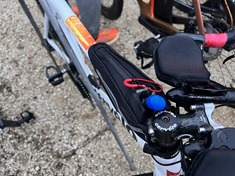
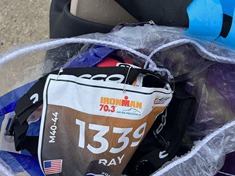
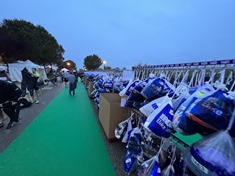
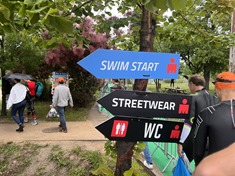
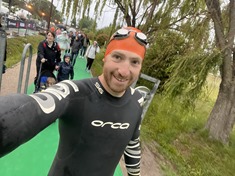
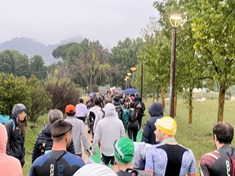
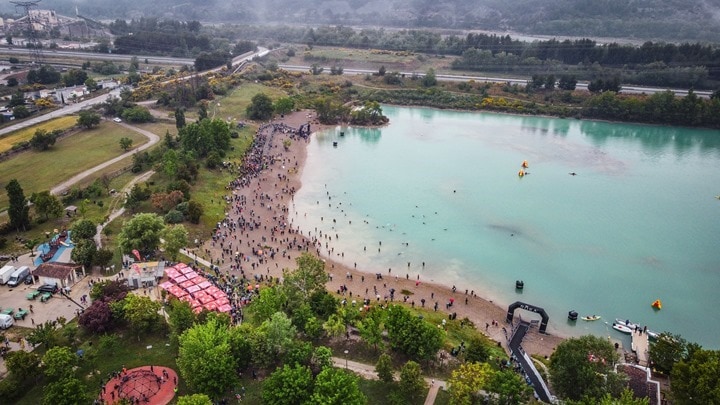
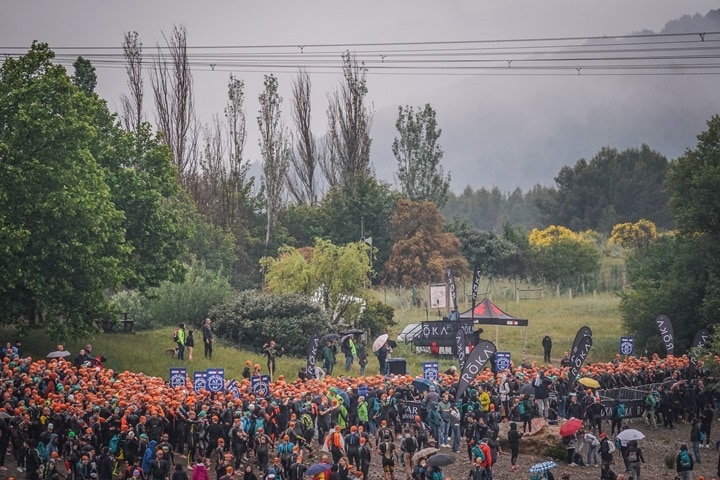
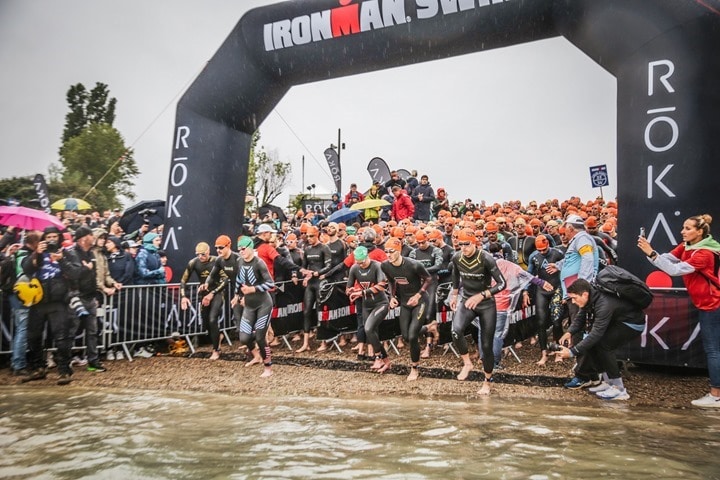
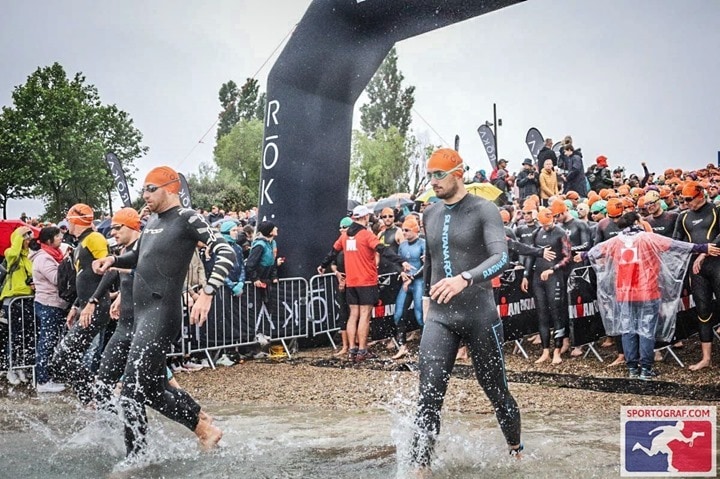
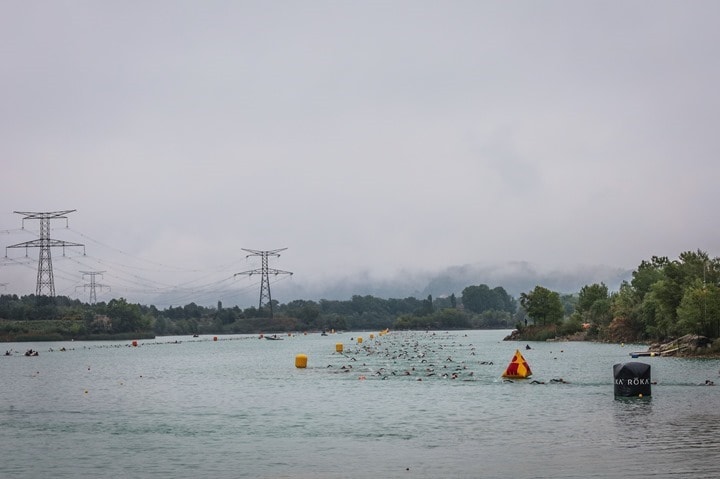
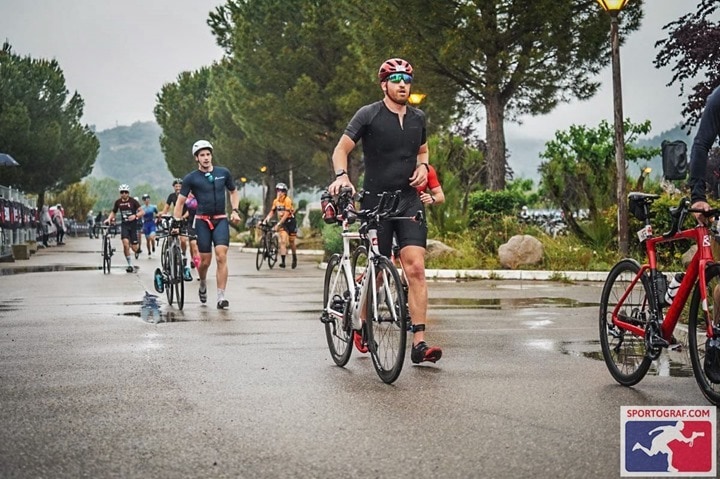
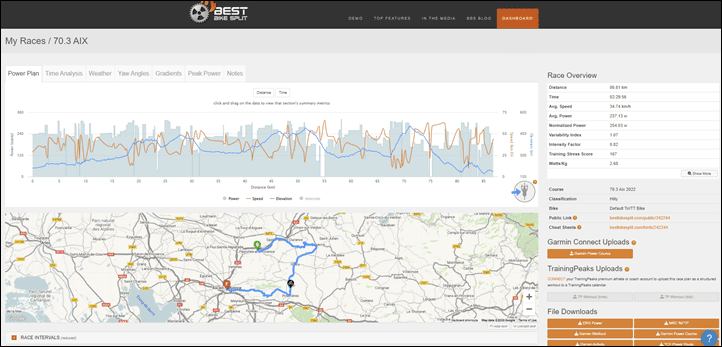
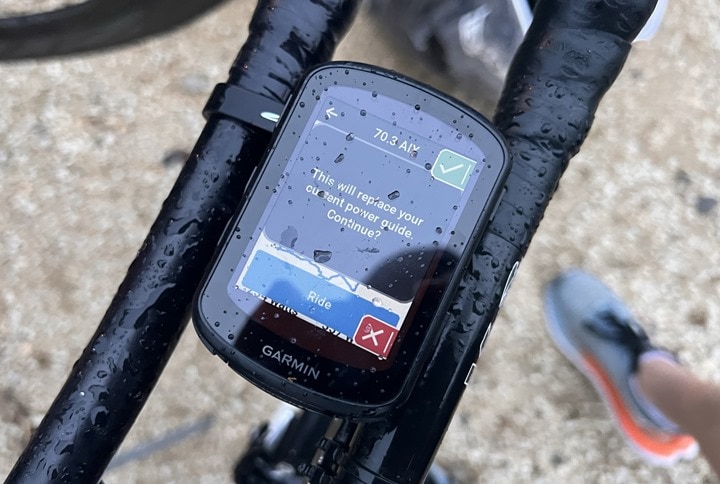
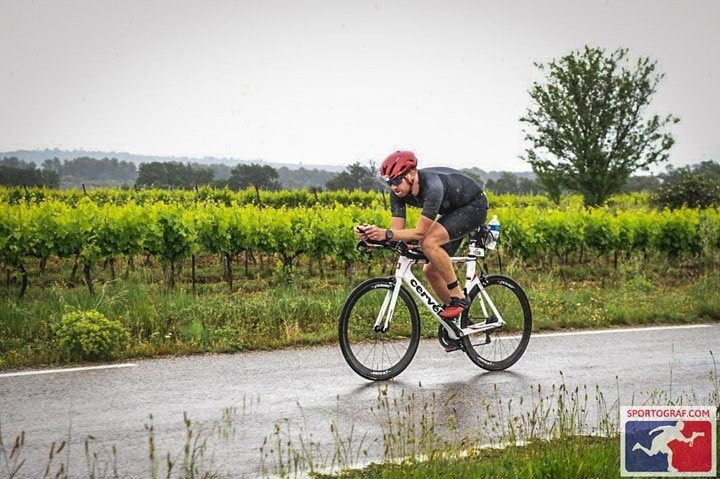
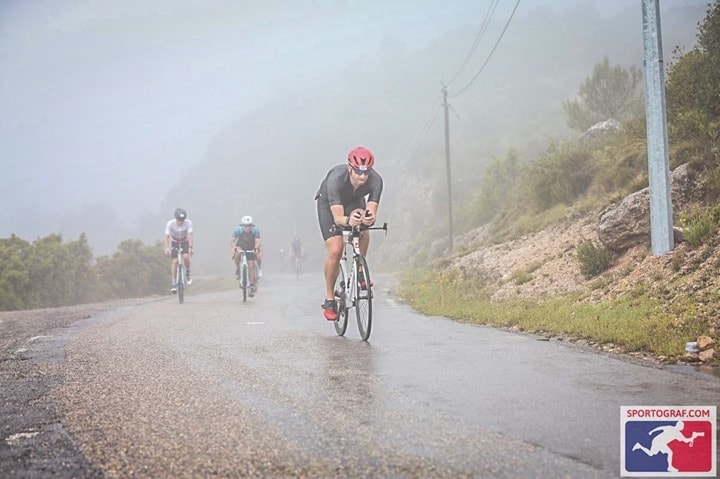
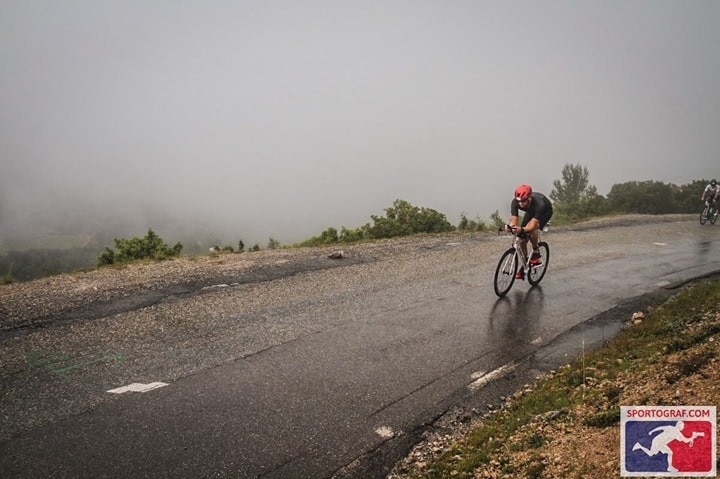
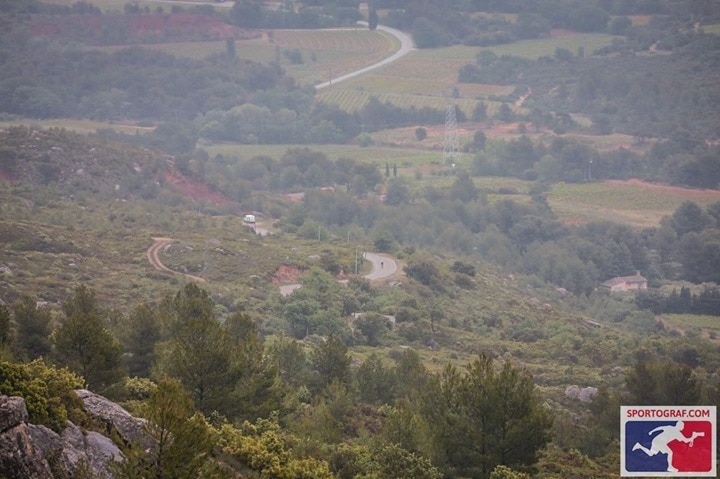
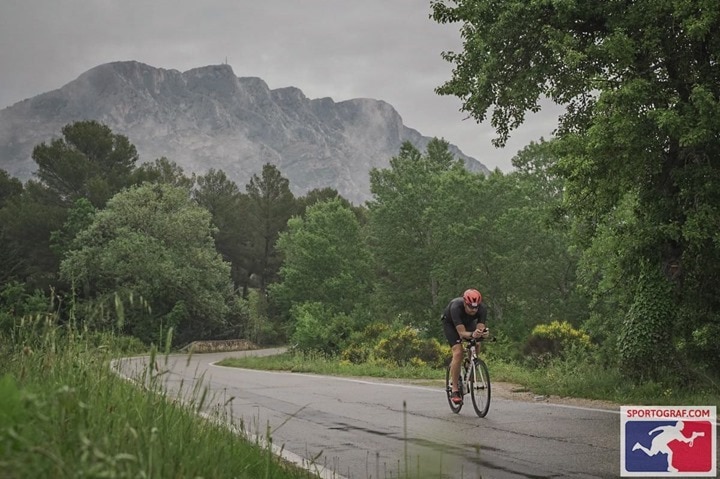
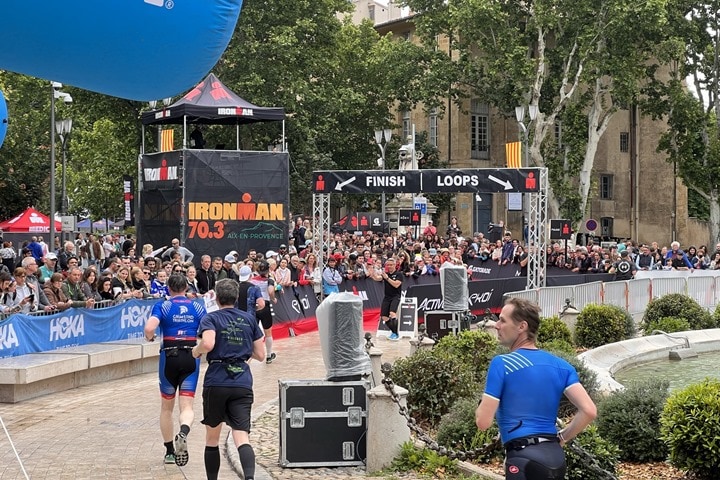
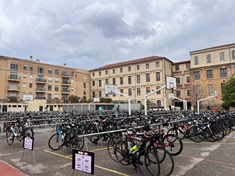
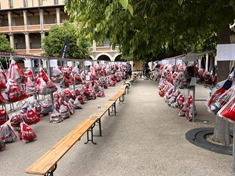
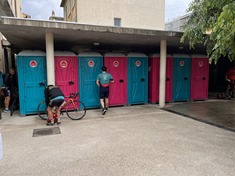
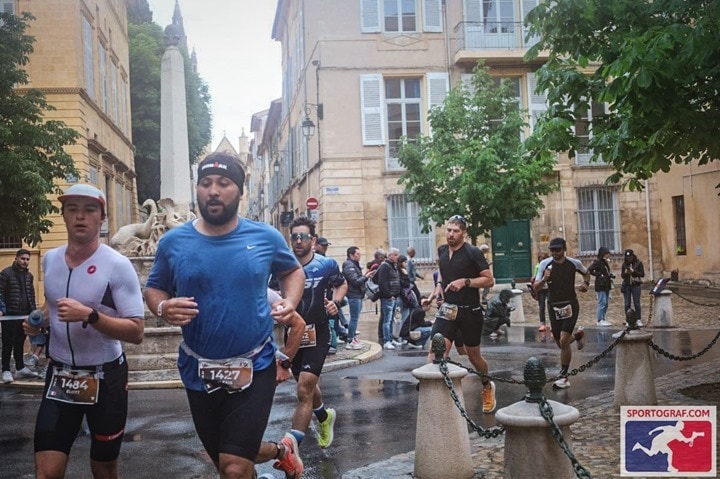
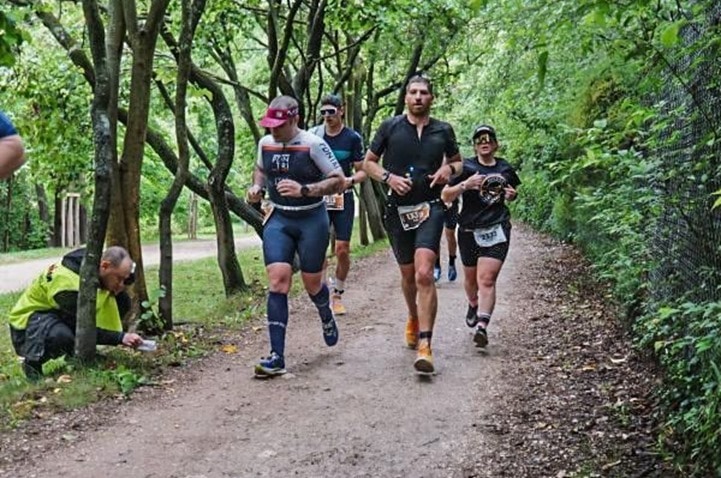
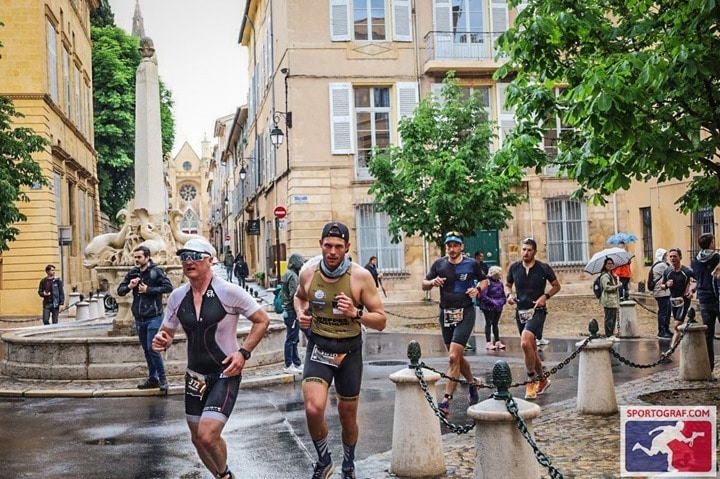
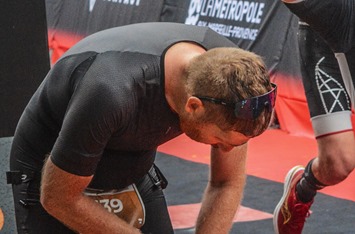
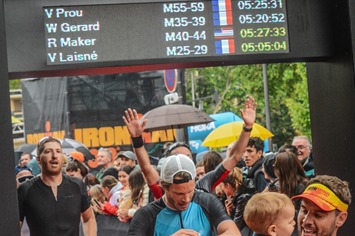
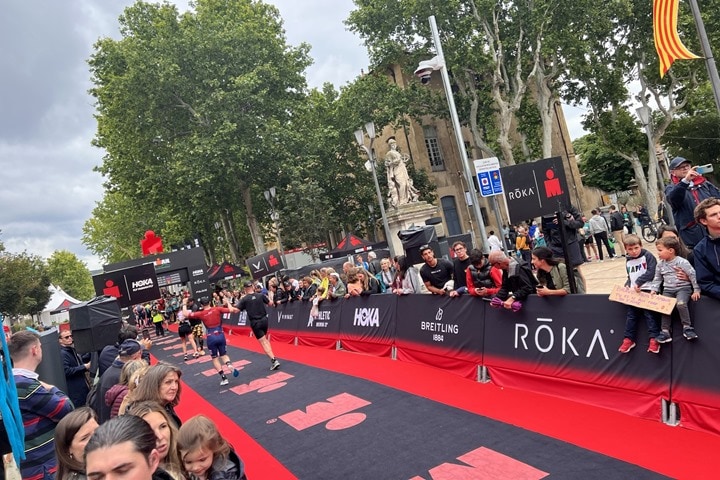
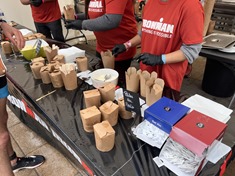
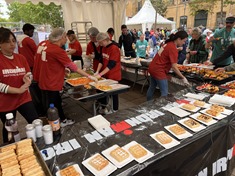
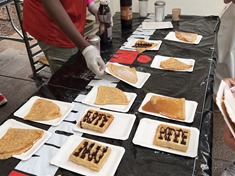
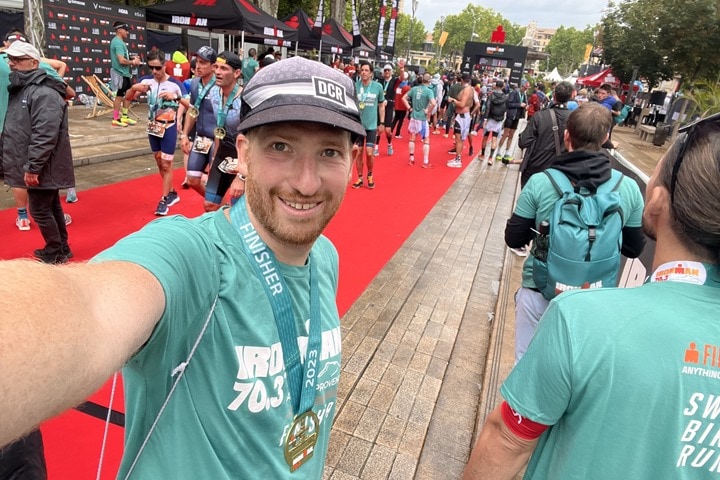
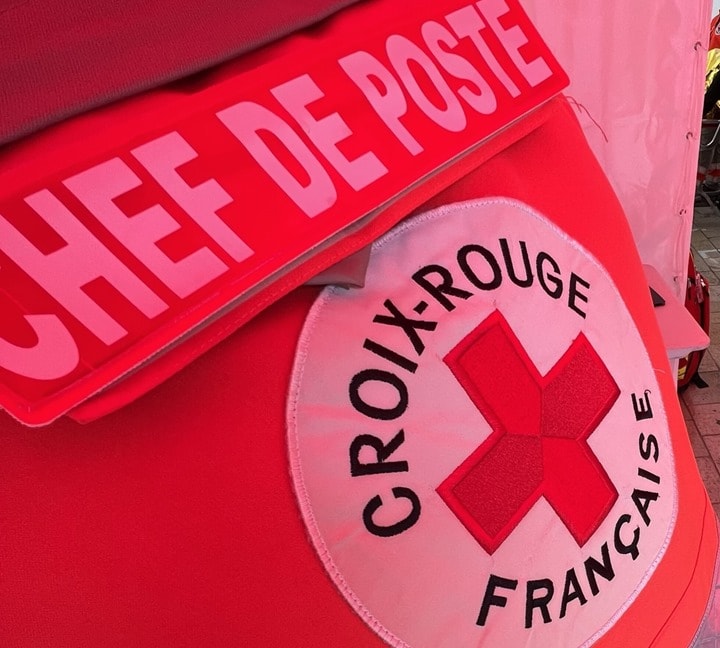
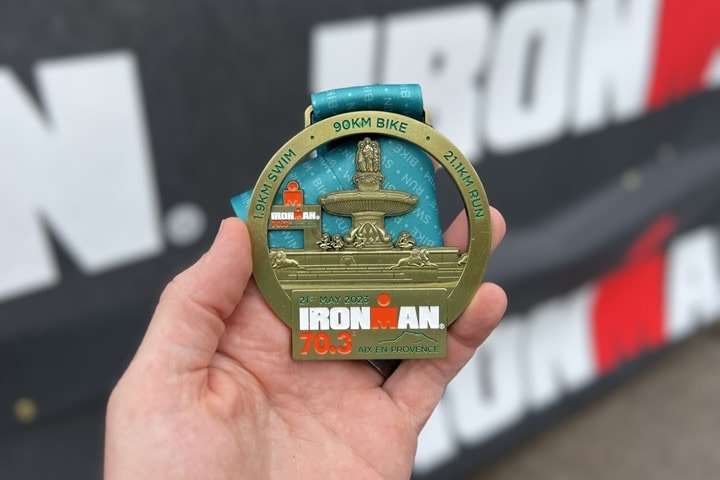

0 Commentaires